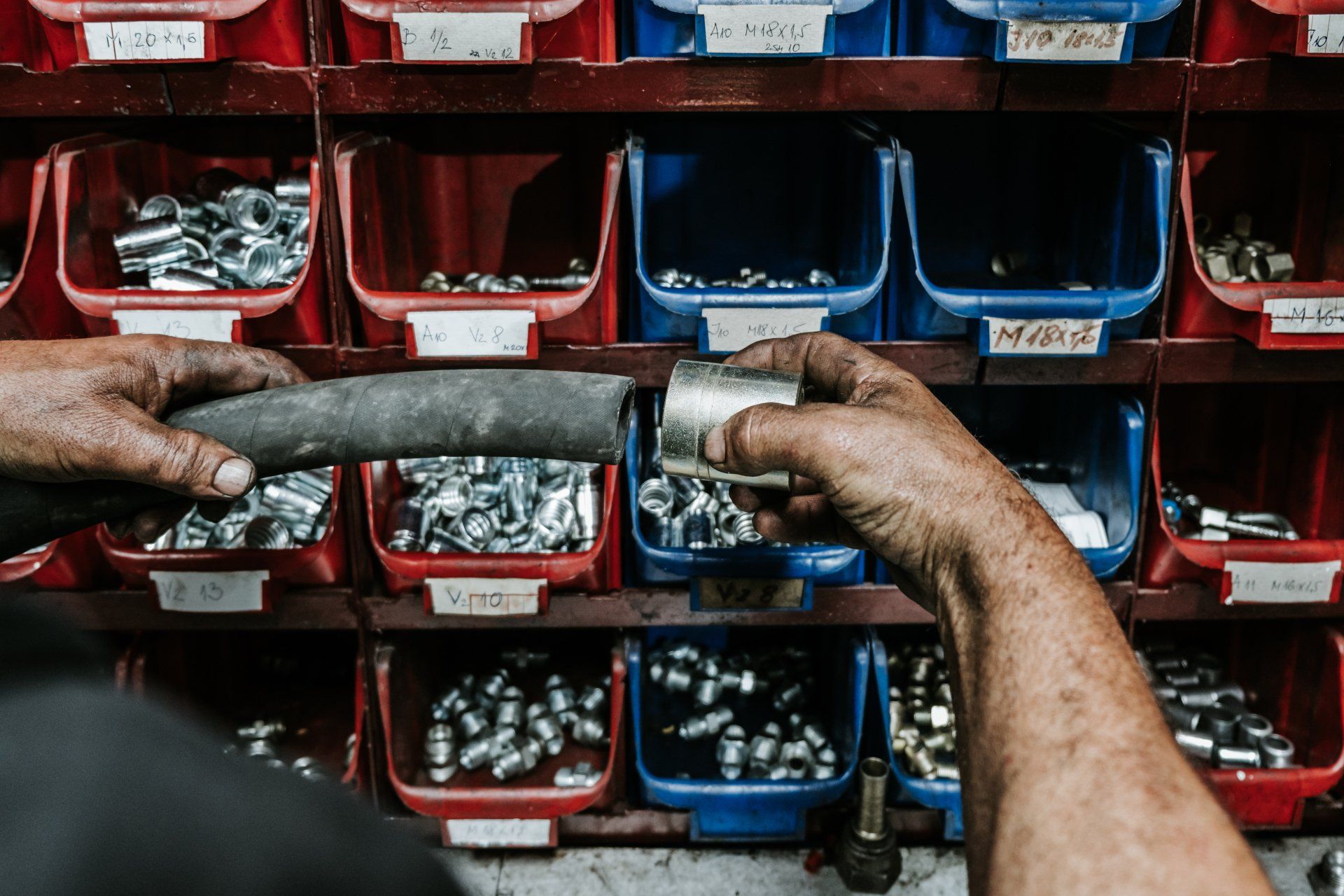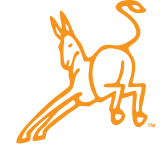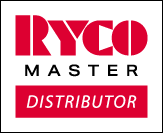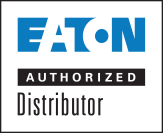6 Best Practice Tips for Hydraulic Hose Routing
Improper hydraulic hose routing is dangerous and costly. When a hose breaks or tears from its fittings, it can lead to:
● Shortened hose life
● Lost productivity
● Equipment failure
● Personal injury
● Steep costs to the machine and company owner
When routing your hydraulic hoses, it’s better to be “done right” than “close enough.” Here are our best tips to ensure your hydraulic hoses are routed right the first time.
Choose The Right Hydraulic Hoses and Fittings
Not all hydraulic hoses and fittings are the same. Make sure to choose the right hose, with special consideration to the pressure, distance, and even type of fluid it will transport.
Proper fittings will improve the hydraulic hose’s usable life. Make sure they are the right fit for the hose’s diameter. We also recommend buying hoses and fittings from the same manufacturer to ensure a proper fit.
Be Mindful of the Bend Radius of Each Hydraulic Hose
Make sure the hose adheres to the manufacturer’s minimum bend radius. A poor bend radius will cause crimping and extra strain on the crimp joint.
A proper adapter can help reach difficult areas without compromising the hydraulic hose’s minimum bend radius.
Consider the Hose Movement
When Routing a hose, consider how it will move in the system. You want to make sure it does not exceed its bend radius, put too much stress on the crimp joints, or contribute to too much wear and tear on the hose.
● Make sure the hose stays on the same plane. Even a 5% twist can compromise the wire reinforcement and reduce the life of the hose by 70% or more.
● Keep the routing clean and untangled to reduce rubbing and make future maintenance easier.
● Use clamps to support the hose and limit extra movement. They can also keep the hose away from abrasive surfaces that contribute to wear and tear.
Make Sure the Hydraulic Hose Has the Right Amount of Slack
The hydraulic hose length will shorten under pressure. If the line is too taut, it may pull from its fittings. However, if the line is too slack, it can cause the hose to snag on other pieces of equipment or wear out from rubbing against other components.
For a good fit, the line should have a gentle bend to allow the hose to flex, contract, and expand safely during use.
Avoid Excessive Torsion
Torsion, the twisting of the line, can shorten the hose and its useable life. If the leylines on the hose are twisted, there is too much torsion in the line. We can recommend fittings and adapters to help reduce twisting in the lines if you run into issues.
Contact the Experts
When in doubt, the manufacturers can help you choose the right parts and help troubleshoot your hydraulic hose routing. Action Supply is staffed with experts and over 40 years of experience. Contact us today for your questions and supply needs!





